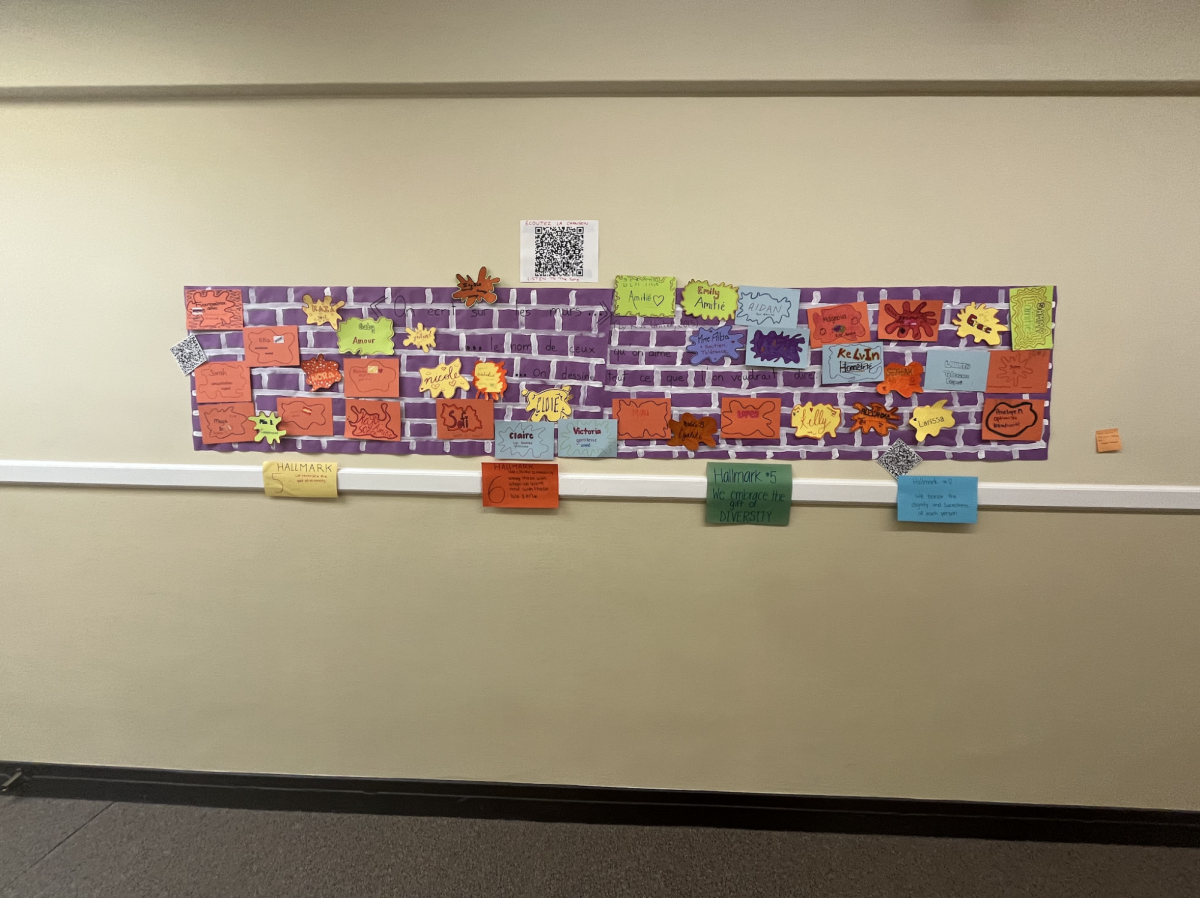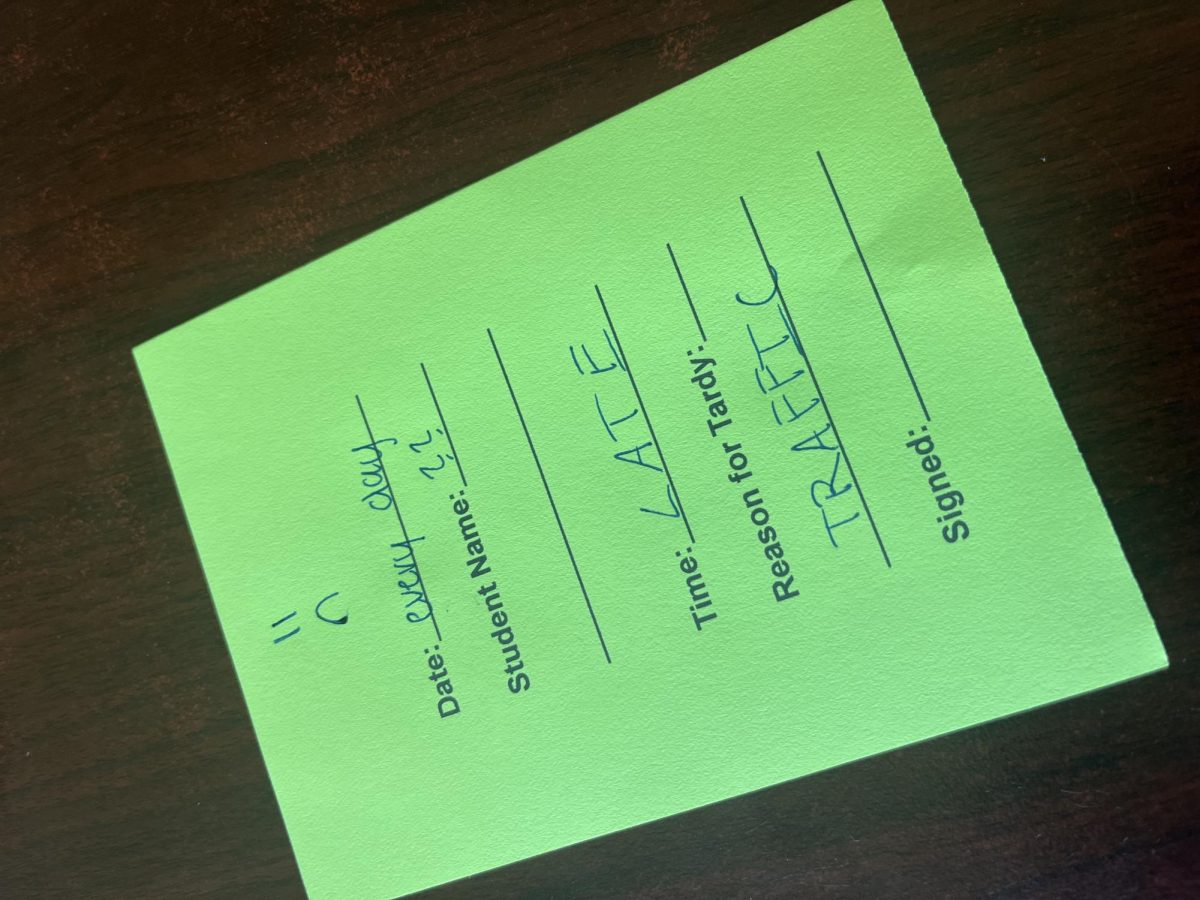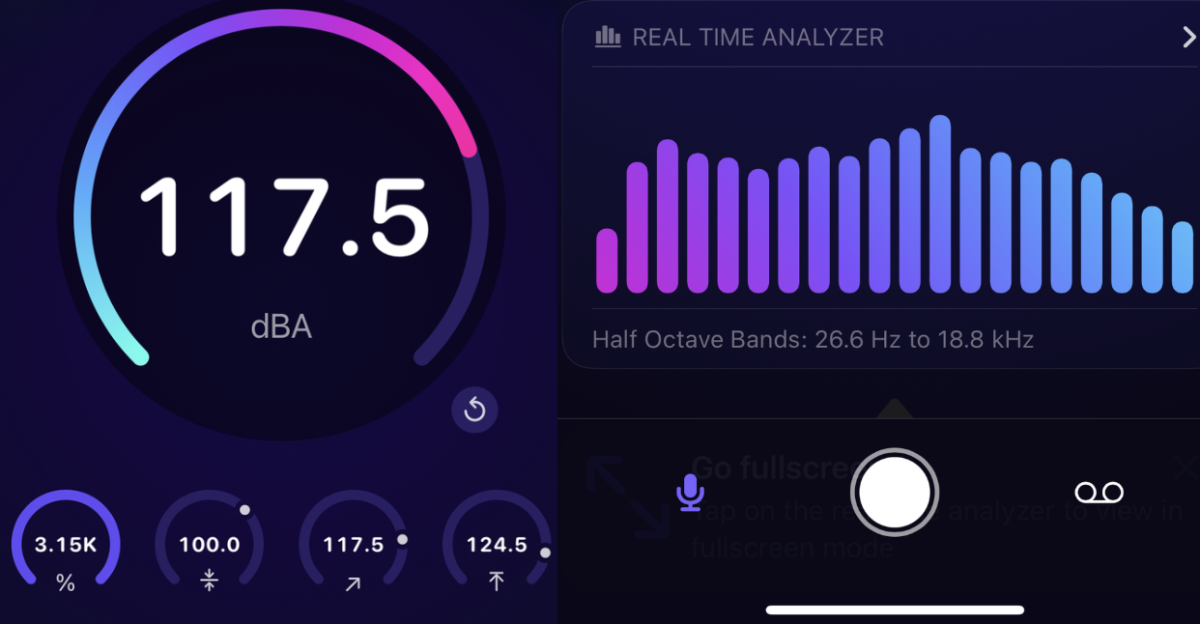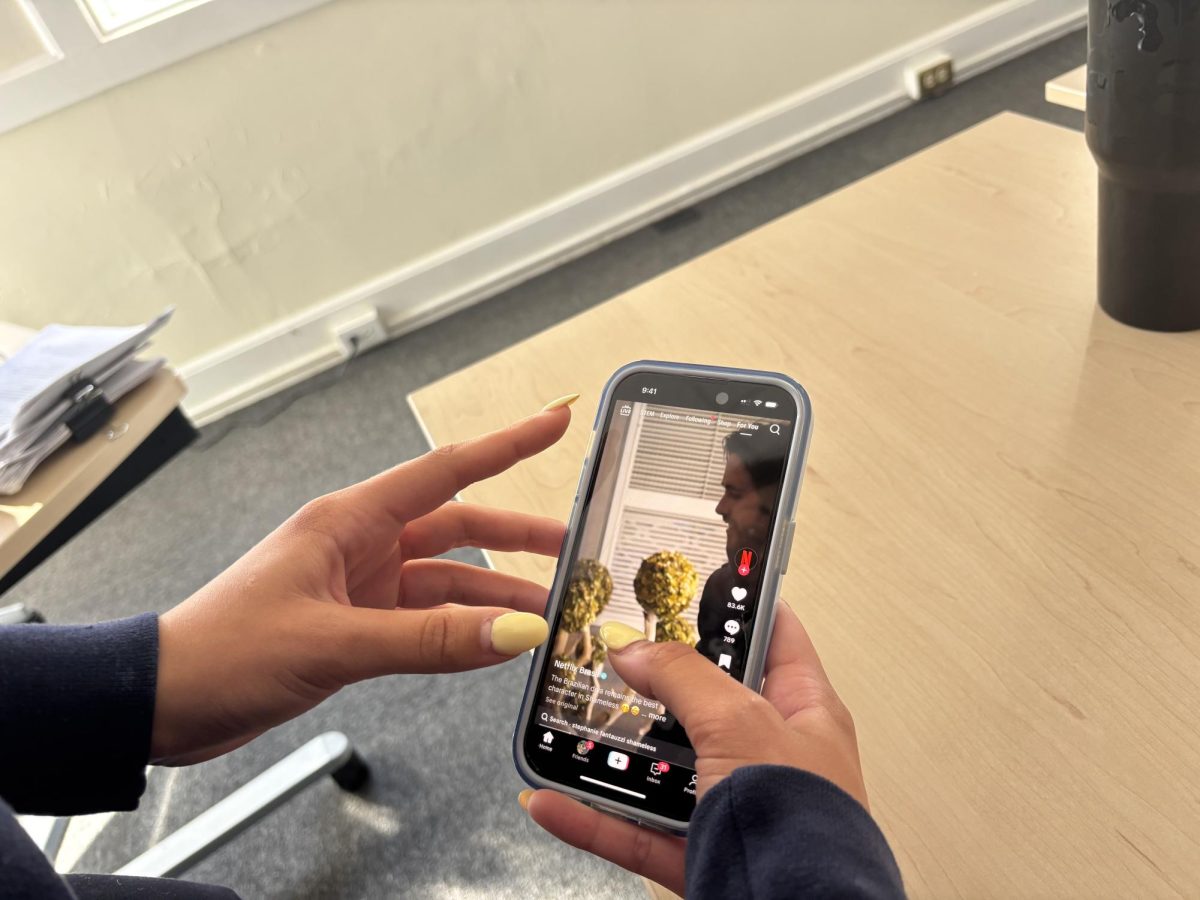Though NDB has stopped including zoom as a part of our curriculum since Covid mandates deemed it no longer necessary, we still use this tool for two days of each year, the two before Thanksgiving break.
In the wake of the Covid-19 pandemic, schools turned to the online application, Zoom, to hold classes. It allowed schools to still meet, but it was a major learning curve for many students. Many students, especially those with attention disorders, struggled with this abrupt transition, and it resulted in decreased motivation and quality of learning.
Now, almost four years since the pandemic, NDB only uses Zoom for students two days out of the year. On the Monday and Tuesday before Thanksgiving break, all classes are held online. Prior to the Covid-19 pandemic, these days were mandatory school days and students were required to attend in person. Now, with these days being online, it allows students to travel and see family for Thanksgiving without missing crucial days of school.
Makeup work, on top of the normal homework load from a school day, is exhausting and overwhelming. No student wants to take on this extra work, especially during a break where students are supposed to take a breather from the stress of school. These asynchronous days allow for students to still travel without taking on the burden of the extra assignments absences bring.
“I like having the online learning days, it makes learning a lot more chill and relaxed than at school,” said senior May Wang. “I also like it because it allows me to see my family without missing a ton of school. I get to take a family trip this year because of it so I am very grateful.”
However, the impact of the two days of online learning on students is predominantly negative. It is remarkably easy for students to overlook these virtual sessions, especially those who have traveled to spend time with family over the break. Many opt to skip school on Monday and Tuesday since the simplicity of missing class is easy to ignore as students can merely choose not to log in to Zoom. Additionally, the different time zones and other commitments contribute to the decision to skip, resulting in seven absences being recorded—one for each missed class.
These absences are for classes that sometimes only reach fifteen minutes, as teachers face challenges conducting meaningful sessions over Zoom. Some classes follow a routine of taking attendance then breaking, while others assign lightweight assignments, suited for online completion. Essentially, the majority of these classes hold minimal value in terms of the impact they have on the students’ academic performance, unlike the absences that impact their record.










